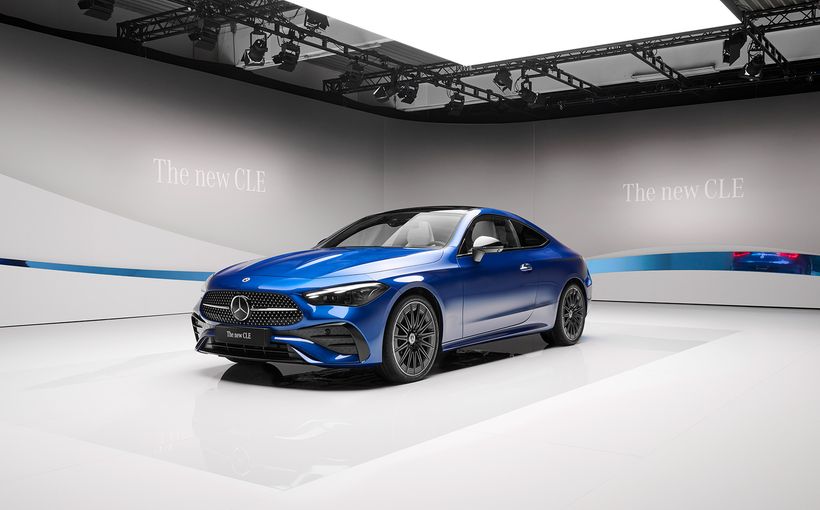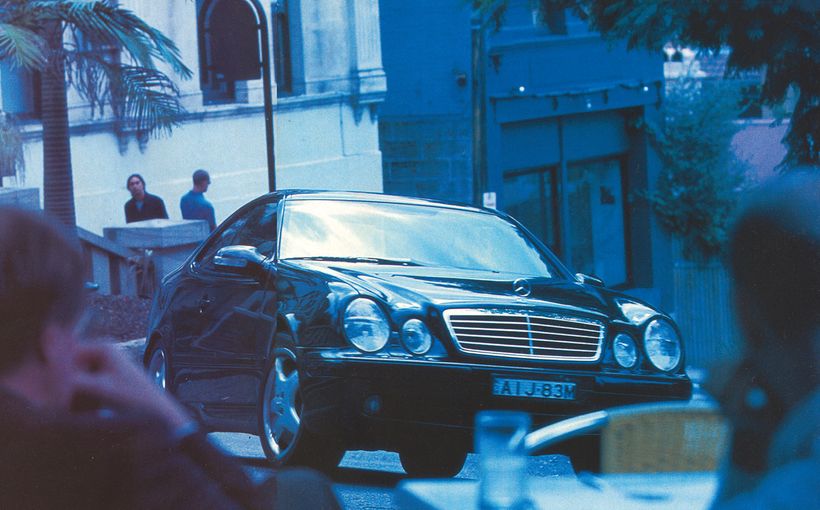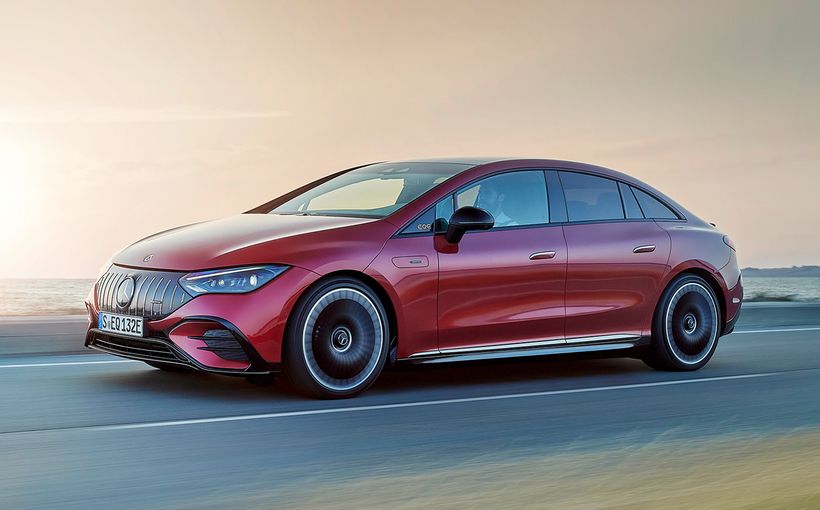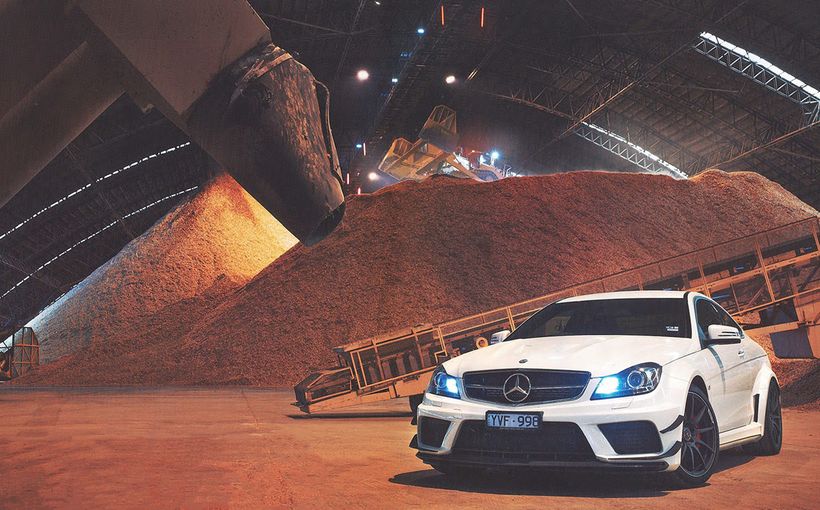Mercedes-Benz W123: world’s best 1970s mid-size cars

Daimler-Benz was among the first European automotive manufacturers to implement a clear product range and, arguably, this process really began with the introduction of the W116 series in 1972. This marked the beginning of the use of the term ‘S-Class’ (the ‘S’ standing for Special). Later came the ‘E-Class’, ‘C-Class’ and many more – SL-Class, ML-Class, A-Class, etc.
While the first car to bear the official title ‘E-Class’ was the W124, that usage did not come with the car’s 1984 release in Germany (1986 in Australia) but was introduced in 1993 with a facelift on the W124.
The W123 was the next Mercedes-Benz model range to appear after the immensely influential and successful W116 S-Class. Even though its styling seemed more closely related to the outgoing W115 the than it did to the S-Class, this was in fact an entirely new car which incorporated many of the engineering philosophies which were embodied in the flagship.

In its first drive story from Europe, Wheels asserted:
Longer, wider and with one new engine, the ‘compact’ Benz looks like a cross between the old model and the S-Class sedan…and that’s as close a description as you’ll get, even after driving them.
There was a general international view that the S-Class Mercedes-Benz was the best sedan money could buy. For many, it followed that the new W123 was the best medium sedan.

The W123 may even have enjoyed the halo effect from the car chosen by Australia’s first Labor Prime Minister since Ben Chifley, Gough Whitlam, who famously insisted on a white 450 SEL as his official mode of transport; few would argue that the 1963 Bentley it replaced was a better car!
But even without the S-Class, doubtless the W123 would have been hugely successful.
Medium-sized Mercedes sedans were popular in Australia from the arrival here of the ‘Pontoon’ model in 1955, which was assembled locally from March 1959. But it was the ‘Fintail’ 220S and 220SEs which really established the Mercedes mystique, as some enthusiasts came to believe that these were the world’s best sedans and certainly the best of this size.

The subtle fins of these models were promoted as a practical feature which made reversing and parking easier (Daimler-Benz called them ‘marker edges’); certainly they were more restrained than those found on most American cars of the era but at the same time they proved that even Daimler-Benz could not resist the appeal of Detroit design.
It was the Fintail cars that set the template for the E-Class Mercedes. While Daimler itself likes to insist that the Fintail was an ancestor to the S-Class, in physical size and market positioning it actually presaged the W123. In the Australian market, it was the Fintail that entirely destroyed any correlation in prospective Mercedes buyers’ minds between physical size and value for money. The ‘Finny’ (as it was subsequently nicknamed) was barely longer than an FB Holden and was dwarfed by a 1961 Chevrolet.
The 220S and 220SE also encouraged customers to re-examine their ideas about engine size, especially the latter with its pioneering use of fuel-injection in mainstream sedans and pretty much a first in the local market. The closest competitor to the 220SE was the Jaguar Mark II 3.8 with an engine approaching twice the capacity but a comparable pricetag.
The easy victory of a 220SE in the 1961 Armstrong 500 over V8 rivals must have made as much impression on some prospective (and actual) customers as that of the Peugeot 203 in the 1953 Redex Trial.
So it was that in the second half of the 1970s many Australians were delighted to choose a W123 280E or the low-powered carbureted 230. There was even the slow-as-a wet-week diesel version which commanded a small but loyal following, mainly among people on the land. Mercedes-Benz had well and truly made its marque in Australia!
Buyers did not seem to be deterred by the visual similarity of the W123 to its predecessor and perhaps this was probably seen by many as a sign of Mercedes’ superior quality with no need to concede to the fashion parade.
Within nine months of the W123’s launch, a black market had developed in Germany. Waiting lists were sometimes more than a year and slightly used examples commanded a significant premium over the list price. Perhaps someone within Daimler-Benz was prompted to quip: ‘How long can we keep handing you the same old line?’
The W123 did though arrive in Australia at a most unfortunate time. From 1 July 1976 the punitive ADR27A emissions legislation had a detrimental effect on the performance of almost every new car sold in Australia. Despite the brilliance of Daimler-Benz engineering, the Mercedes suffered just as much as most rivals, arguably more due to the relative smallness of their engines and the heavy weight of these extremely safe cars.
Even the flagship 280E was not conspicuously quick. One wonders what the local Mercedes executives would have thought when they read a comparison test in the June 1979 edition of Wheels which saw the Holden Commodore SL/E triumphing over its entrant. Having owned no fewer than two VB SL/Es and done plenty of kilometres in W123s, I find it impossible to agree with this conclusion:
Unanimously and without any ifs or buts the five testers involved chose the Holden Commodore as being the best car even if the 280E had the same price tag. The Commodore matches or surpasses the Europeans in almost every area, it is a superbly equipped, comfortable riding, safe handling and effortless performer.
Build quality and finish were given insufficient weighting in Peter Robinson’s enthusiastic judgement. As for fuel economy, the SL/E finished last by a small margin to the Rover but with more around town driving would have finished further behind. Safety is harder to evaluate. But Daimler-Benz was the first manufacture to introduce crumple zones into the bodies of its cars (Fintail) and was one of very few (including Volvo) to be paying significant attention to crash-safety when developing new models – even as late as the 1970s.

Comparing the W123 with its predecessor, there were stronger roof pillars, notched front frame members for more controlled crumpling in a crash, and the fuel tank was relocated over the rear axle to provide a more absorbent rear-end.
The new compact models also used the zero-offset front suspension design of the S-Class.
So there were plenty of serious engineering advances from W115 to W123. It started out as a better car but by the end of its life had progressed to a higher level.
Constant evolution marked the life of the W123. In another comparison test – one in which I had the great pleasure of being involved – pitting the 230E, Holden Statesman Caprice and Rover Vanden Plas against the new Volvo 760 GLE, Peter Robinson observed:
Mercedes’ little four-cylinder 2.3 litre seems puny by comparison with 92kW at 5000rpm and 194Nm at 3500rpm, however the performance it delivers is quite outstanding given the car’s 1480kg mass. In fact it is worth noting that the 230E proved more accelerative than the 280E with 112kW we tested in 1979.
That 2.3-litre four also endowed the compact Mercedes with arguably the best high speed cruising ability of this quartet. Its top speed of 175 (impressive in 1983 and just three km/h shy of the Volvo and five behind the Rover) required 5400rpm, but this superb little engine would gladly have sustained 5000rpm for long periods on an autobahn. The 230E felt immensely stable and solid on the road and – hold the front page! – it even boasted a tachometer as standard equipment.
So it is not stretching credibility to argue that by 1983 the four-cylinder petrol W123 was superior to its six-cylinder flagship equivalent of half a dozen years earlier.
The 230E was by this stage the least expensive Mercedes-Benz available in Australia. Its superb new engine boasted mechanical fuel injection and cross-flow cylinder with hemispherical combustion chambers for 31.4 per cent more power, 14.1 per cent more torque and (said the Mercedes PR people) an average 13 per cent lower fuel consumption.

During 1976 Daimler-Benz launched the attractive C123 coupe with production starting the following year. The coupe was built on a 2710mm wheelbase, 85mm shorter than the sedan’s. Only the 280CE was sold here. As ever with Mercedes coupes, it commanded a premium, being priced at $50,228 in mid-1983, compared with the 280E’s $46,057 and the 230E’s $38,054.

To highlight the point I made earlier about small-engined Mercedes models selling well against more powerful rivals, the Jaguar XJ6 cost just $42,500. And while the Jag had leather trim, the W123 was sold in Australia with MB-Tex, a nifty euphemism for vinyl; albeit a superior grade of vinyl, very much like the ‘Morrokide’ used in the HD and HR Holden Premiers.

At the 1977 Frankfurt Salon, the W123T wagon was introduced. Production began the following year. Seven-seater wagons were offered locally. These were the gutless 65kW 300TD diesel at $47,128 (mid-1983) and the 280TE (118kW by this time and $51,278). But by mid-1984 the sole W123 wagon on offer locally was the 230TE. It sold for $47,953 – $8212 more than its sedan counterpart.

As if in acknowledgement that the W123 was now a midsize car, its successor was the smaller W201 190E. Once that car made its debut – it was rapturously received by the world’s media and by Mercedes customers – Daimler-Benz had three clear tiers: 190E, W124 and W126 S-Class. Each car was distinctly styled, yet each was indubitably a Mercedes-Benz. In the early 1990s I remember a Mercedes-Benz executive telling me that it was difficult to distinguish between a BMW 3-Series, 5-Series and 7-Series but that his brand delivered no such problem of identity.

Arguably, Mercedes-Benz is nowadays trying to fill too many niches. But by the time the popular W123 reached the end of its production life, the marque had already achieved world leadership in the incarnation of its brand values in three distinct ranges of sedans.











